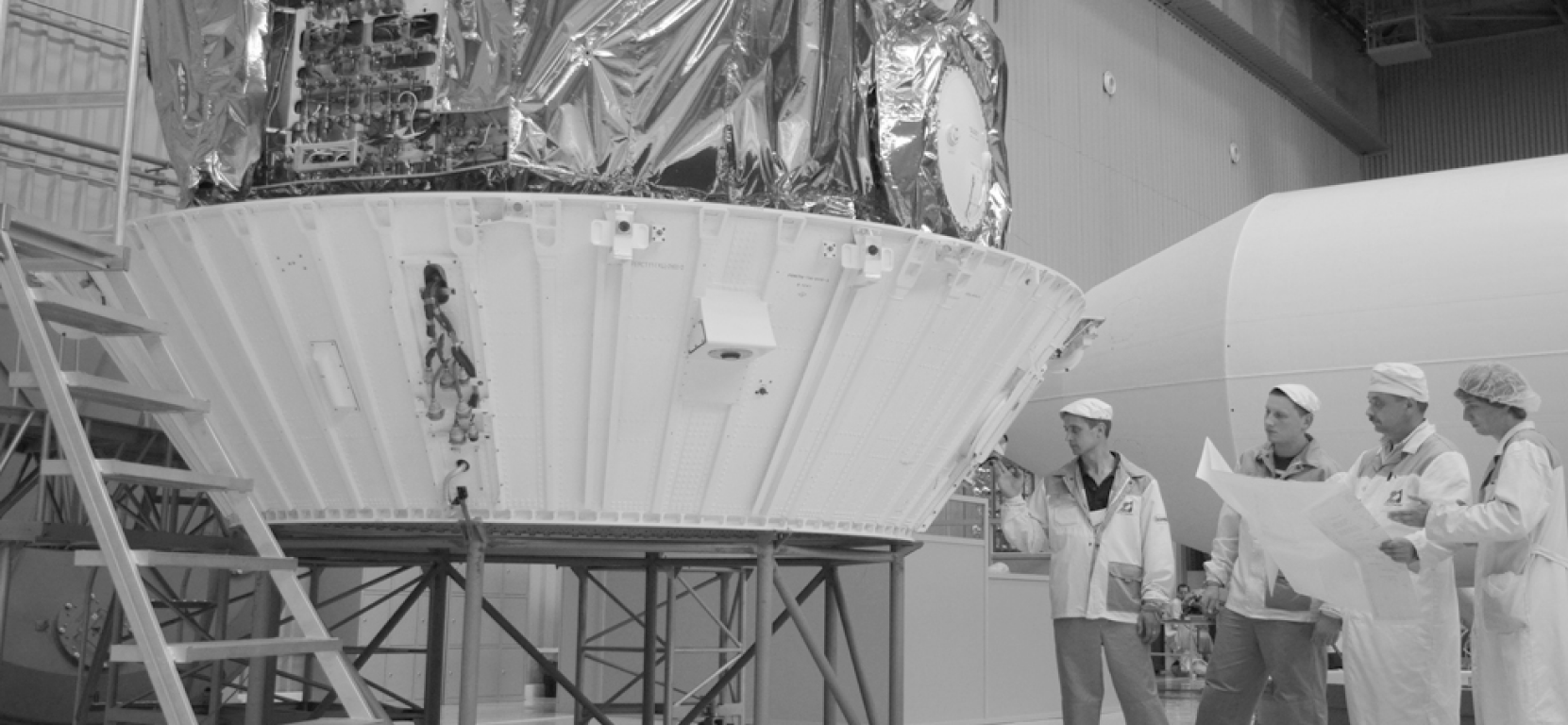Whose name we proudly bear
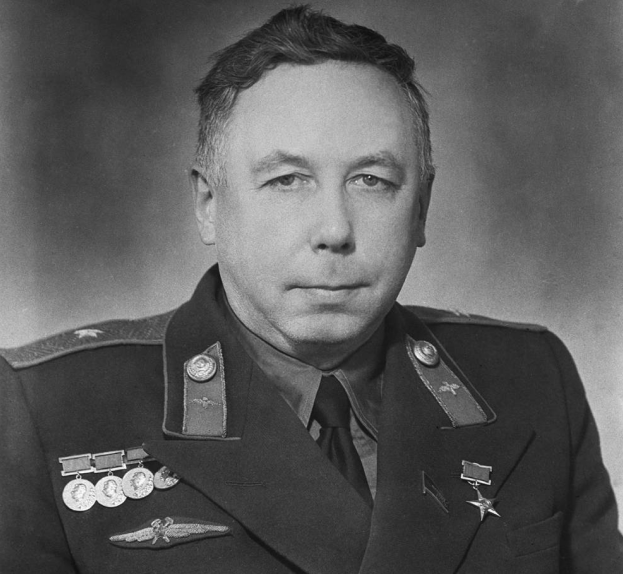
Semyon Alekseevich Lavochkin
Semyon Alekseevich Lavochkin was born on September 11, 1900 in teacher’s family in Smolensk.
In 1917 he graduated from grammar school with a gold medal and volunteered for the Red Guard. He served as a private in the border division till 1920. In 1920 he was sent to study at Bauman Moscow State Technical University. In 1929 he graduated the Aeromechanical Faculty qualified as an aeromechanical engineer.
Since 1930 he worked for various Moscow design bureaus.
Early in 1939 the government announced a bid for development of a new combat aircraft. Vladimir Petrovich Gorbunov (head of the 4 th Department of the NKAP PGU), Semyon Alekseevich Lavochkin and Mikhail Ivanovich Gudkov (engineers of this department), who worked in the First Main Directorate of the People's Commissariat of Aviation Industry provided their propositions.
Their project of the K high-speed fighter received the support of the People's Commissar of the Aviation Industry M.M. Kaganovich. The K aircraft had an all-wood construction, and the plant No. 301 in Khimki near Moscow with a good wooden production was the best suited for the prototype construction. Thus in September 1939, a new Research & Development Bureau (R&D Bureau) was organized at the plant, headed by three chief designers: V.P. Gorbunov, S.A.Lavochkin and M.I. Gudkov.
Early in 1940 the prototype was built and received the I-301 index by the factory number and on March 30, 1940 the aircraft made its first flight. The offcial tests in 1940 confirmed the aircraft long-term benefits. However, the government requested to increase the flight range from 600 to 1000 km; that was implemented by the second prototype and confirmed by official testing at the end of 1940. By order of the NKAP dated December 9, 1940, the first I-301prototype became known as LaGG-1, and the second prototype with an extended range - LaGG-3, which was accepted for serial production. In spring 1941 chief designers V.P. Gorbunov, S.A.Lavochkin and M.I. Gudkov were awarded the Stalin Prize for the LaGG-3 development.
The government decided to put the aircraft into mass-production simultaneously at six plants: No. 21 in Gorky, No. 23 in Leningrad, No. 31 in Taganrog, No. 153 in Novosibirsk, No. 165 in Dnepropetrovsk and No. 463 in Tallinn. However, two of them in Dnepropetrovsk and in Tallinn have never started work.
By then S.A. Lavochkin was the one to supervise all the aircraft fine-tuning activities. By the People's Commissariat order V.P. Gorbunov was removed from the office and he occupied himself with independent design activities.
By the NKAP order on November 16, 1940 S.A. Lavochkin was appointed Chief Designer of Plant No.21 with the commitment to focus on the I-301 mass-production. All design departments with pilot production were transferred to him. Yu.B. Eskin director of plant No. 301 undertook to provide a group of engineers who worked with him at Lavochkin's disposal and send them to Gorky.
During the Great Patriotic War Lavochkin Design Bureau developed several serial fighters - La-5, La-5FN and La-7. In addition, experimental high-altitude fighters La-5 with TK-3, La-5 FTC, La-5 A with an enlarged wing, an experimental fighter La-5 with an M-71 engine and a two-seat training aircraft UTI La-5 were built, and great work was performed to improve the serial design. From 1941 to 1945 22.5 thousand fighters of Lavochkin's design came off the assembly lines in the USSR. In fact, every third Soviet fighter aircraft of that time was Lavochkin. Both aces and recent graduates of flight schools fought on them. The history knows numerous examples of outstanding skill and bravery in combat of pilots-aces: the Soviet Union Heroes I.N. Kozhedub, A.I. Pokryshkin, A.P. Maresyev. They defeated the enemy on planes designed by Lavochkin.
In June 1943 Chief designer S.A. Lavochkin was awarded the title of Hero of Socialist Labor for the LA-5 aircraft development and became the Stalin Prize laureate. Orders and medals were awarded to many employees of the Design Bureau and plant.
The LA-7 became one of the best fighters of World War II. I.N. Kozhedub shot down 62 enemy aircraft during his combat work on the LA-5 and LA-7 aircraft. In January 1946 for the third time S.A. Lavochkin was awarded the Stalin Prize for the LA-7 fighter development. In general throughout the Great Patriotic War the backbone of the Soviet Air Force was combined of fighters designed by S.A. Lavochkin’s and A.S. Yakovlev's R&D Bureaus.
The development of the propeller-driven La-7 (1944) became in the post-war years the last piston-engined all-metal fighters La-9 and La-11.
After the war S.A. Lavochkin was actively engaged on jet aircraft development. His design bureau returned from Gorky to Khimki in 1945 and developed prototype and serial jet fighters.
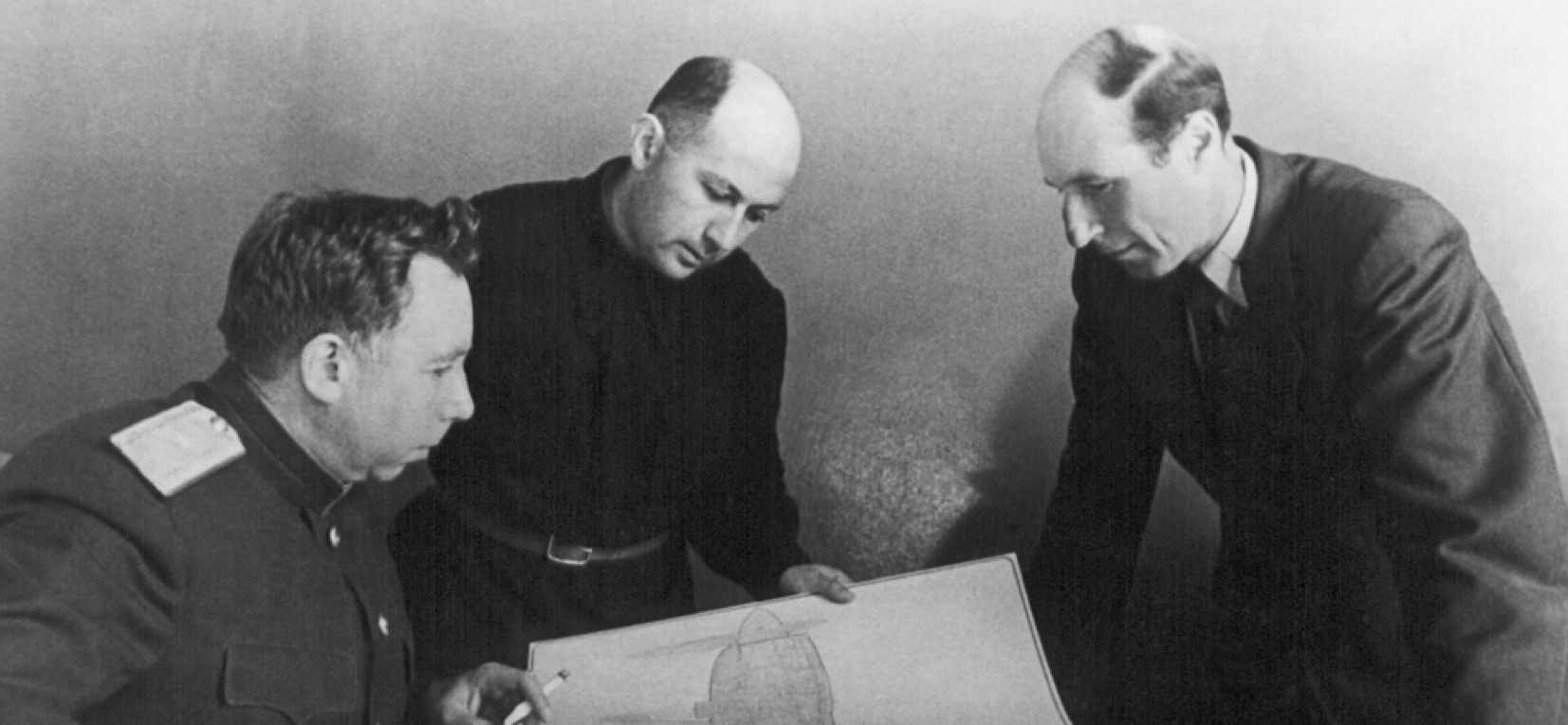
LA-160 (1947) became the first swept-wing aircraft in our country. Through the use of a new design on December 26, 1948, for the first time in the USSR on the LA-176 fighter, piloted by O.V. Sokolovsky gained sound velocity in descent flight.
In 1948 for scope of work on development of high-speed jet fighters with swept wings, S.A. Lavochkin was awarded the title of Stalin Prize laureate for the fourth time.
In late 40s - early 50s, Design Bureau created an all-weather fighter interceptor LA-200 with a radar designed to destroy enemy aircraft in any weather conditions and at any time of the day.
1950 was a turning point in the Lavochkin Design Bureau activities. By the decision of the government, it was his team that was entrusted with the responsible mission: to design, build, test and mass-produce the latest models of missiles with high, hitherto unprecedented tactical and technical data. It was about the creation of anti-aircraft guided missiles for the first domestic air defense system (air defense S-25).
In fact they had to start from nothing and go all the way from idea to the system developement. In the period of 1951 - 1955, under the leadership of S.A.Lavochkin, ground-based missiles ZUR 205 - 215 and air-to-air missiles were developed and tested. In 1955 the famous protective "rings" appeared around Moscow: the Berkut air defense system equipped with Lavochkin missiles, which were on combat duty until the early 80s (ZUR 217M 218).
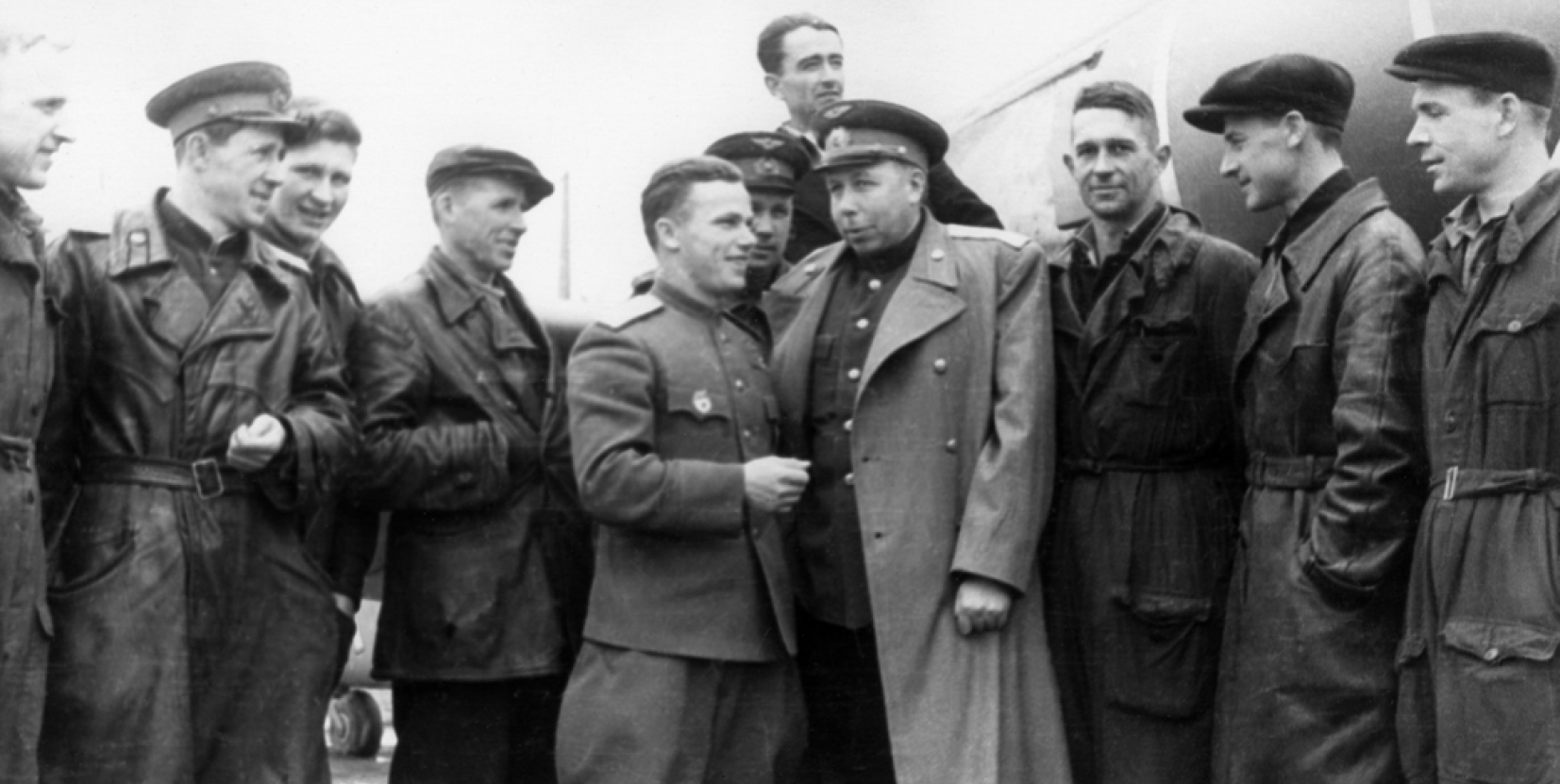
In 1956 the Design Bureau was awarded the Order of the Red Banner of Labor for the first domestic missiles and S.A. Lavochkin received the second Gold Star of the Hero of Socialist Labor.
Since 1950 in parallel with the missile topic S.A. Lavochkin began to develop an unmanned target aircraft LA-17, which could also be used as a front-line photo reconnaissance (with appropriate photographic equipment). The history of the Lavochkin's work is an example of extraordinary long life: from 1954 to 1993 LA-17 target aircraft were mass-produced (500-600 pieces were produced annually) and were used in the air defense forces.
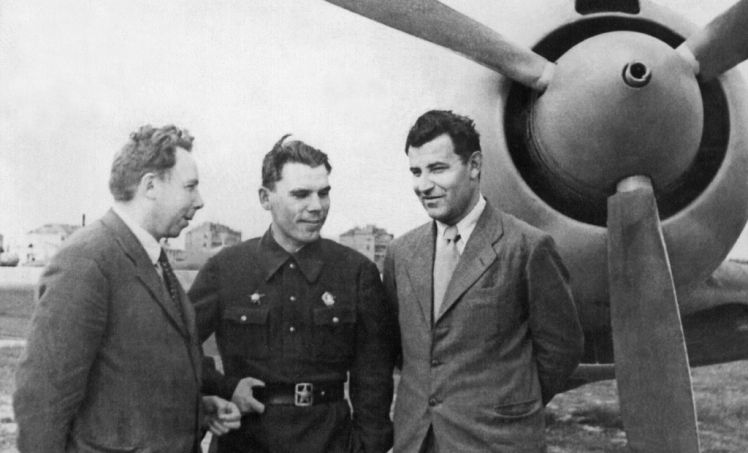
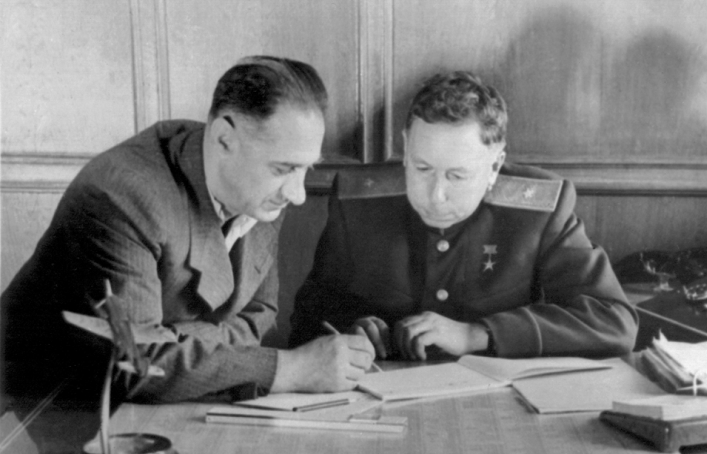
In 1954 S.A. Lavochkin started two major works: creation of Burya intercontinental supersonic cruise missile and almost at the same time (in 1955), he was designing a new Dal’ anti-aircraft air defense system based on long-range surface-to-air missiles (up to 500 km) for destruction high-speed aerial targets.
Burya missile development continued until 1960 and ended by successful testing. During its development, the Designer General had to solve many difficult technical and design tasks: overcoming the sound barrier, ensuring stable flight at speeds over 3,500 km/ h, creating a structure capable of operating in ultra-high temperatures. And all this was in an incredibly short time due to the Cold War constraints. Despite all the difficulties Burya has passed 18 test launches! A similar Navajo cruise missile made in USA in 1961-1963, did not even reach flight tests, so great were the technical difficulties encountered.
In June 1960, Semyon Alekseevich Lavochkin suddenly died from a heart attack at one of the southern polygons. The last launches of the Burya missile were carried out without Designer General.
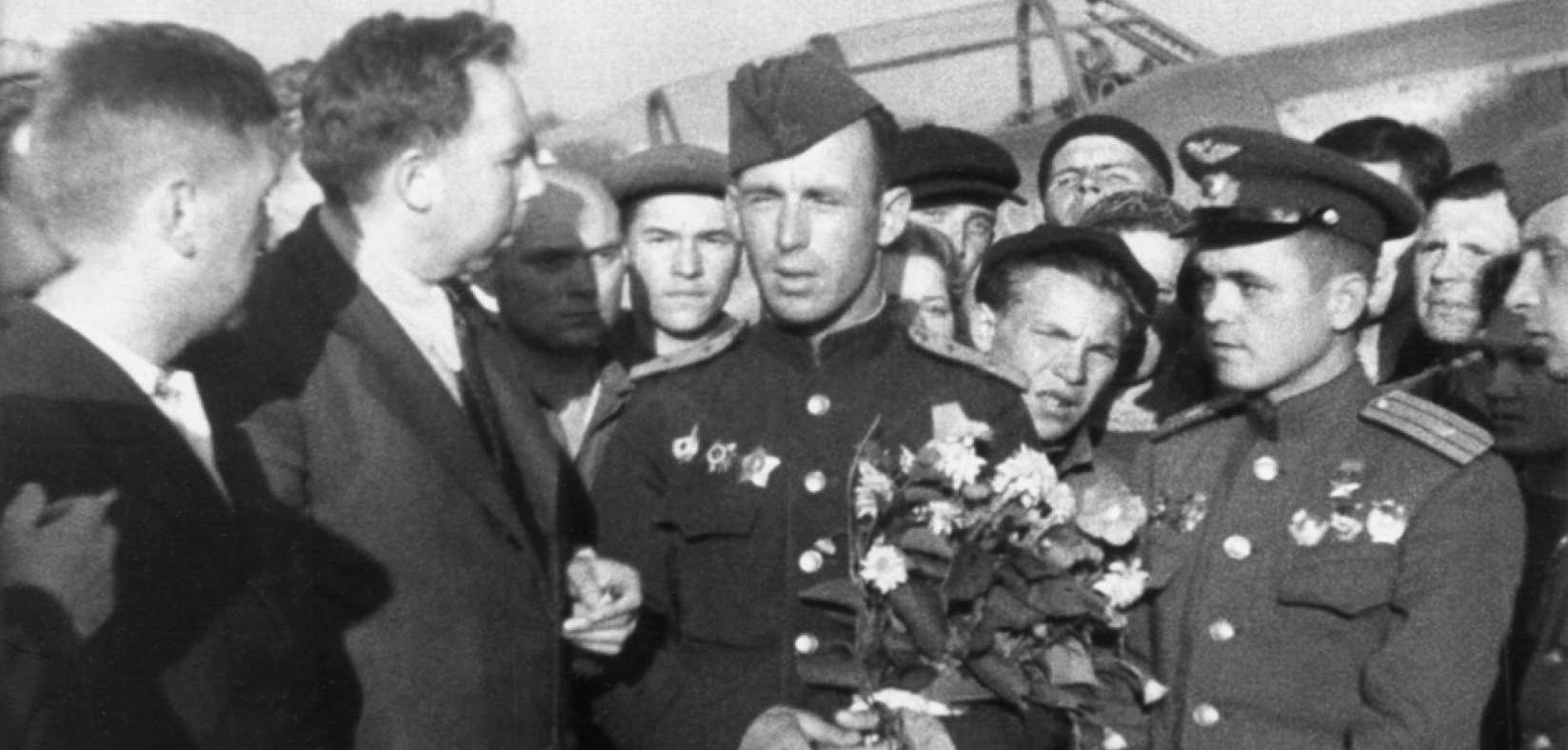
The design school established by S.A. Lavochkin continues to exist today. The memory of an outstanding designer and person lives not only in the name of the enterprise founded by him - the Scientific and Production Association named after S.A. Lavochkin - but also in the memory of people who were lucky enough to work with Semyon Alekseevich, and who pass on the experience to new generations of Lavochkin team.
